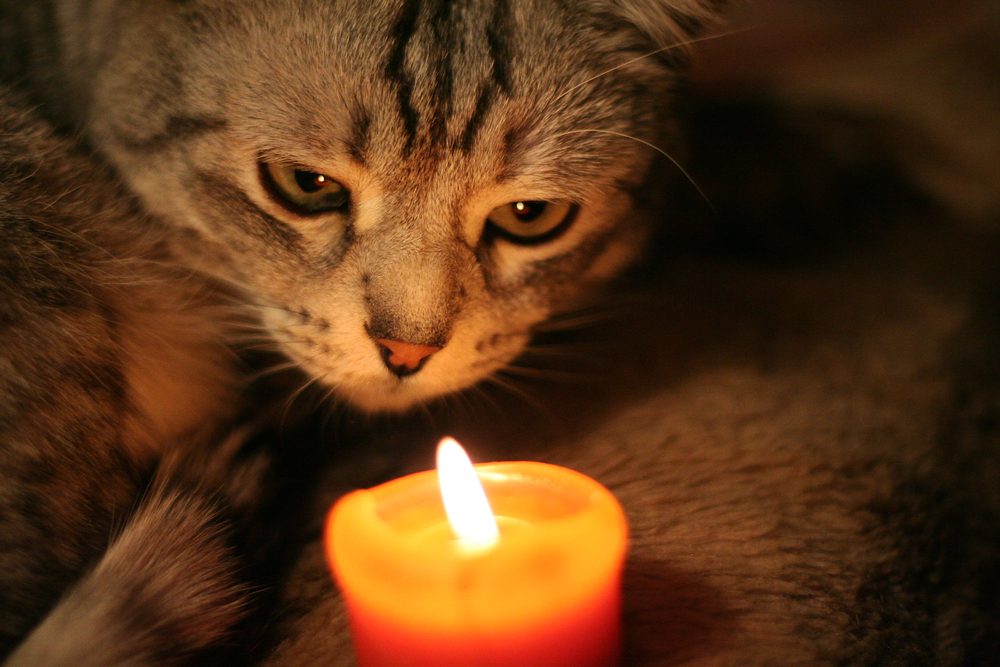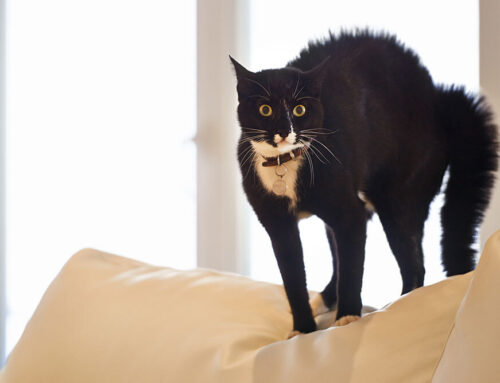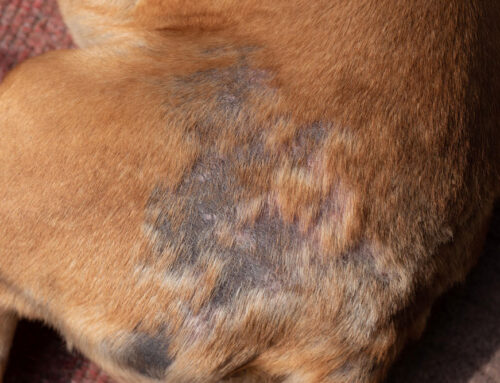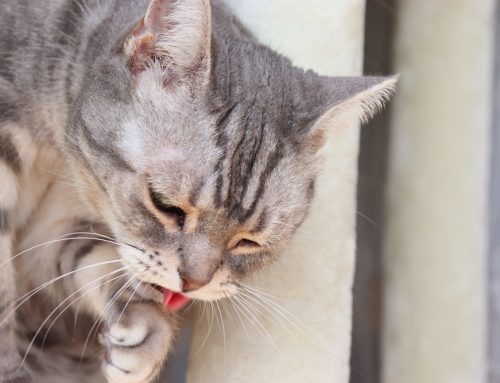Halloween is an exciting celebration for many people. The season is an opportunity for fun activities, such as dressing up in crazy costumes, trick-or-treating, and enjoying time with friends, but the holiday can be dangerous for your pet. Our Tidmore Veterinary Hospital team doesn’t want your Halloween interrupted by a veterinary emergency, so we are offering tips to protect your four-legged friend when the ghouls, ghosts, and goblins come out to play.
#1: Keep your pet inside on Halloween
Neighborhood teenagers and more nefarious individuals get up to some crazy shenanigans on Halloween, and they may target your pet if they find them outside. Keep your four-legged friend inside on Halloween night, and follow these extra tips:
- Walk your pet strategically — Walk your pet before and after the neighborhood children are trick-or-treating, or find a quiet area where no one is out and about.
- Confine your pet — If your pet is prone to stress, consider confining them to their crate or an interior room to prevent them from sneaking out an open door. Ensure they have all the necessary resources, such as water, comfy bedding, and a food puzzle toy to help distract them. You can also leave music or the television playing to mask outdoor noises.
- Leave the candy bowl outside — To prevent pet anxiety from a constantly ringing doorbell, leave the candy bowl outside with a note to trick-or-treaters to help themselves.
- Leash your pet — If your pet enjoys socializing and you plan to take them trick-or-treating, keep them leashed at all times to ensure they don’t go missing or lash out at someone in a scary costume.
#2: Ensure your pet is properly identified
Pets are sneaky, and they can easily escape through an open door or cracked window when you are distracted by trick-or-treaters or party guests. To increase your chances of a reunion should your pet go missing, ensure they are properly identified by:
- Checking your pet’s identification tags — Ensure your pet always wears a collar and identification tags with your current contact information, and ensure their tags are firmly attached and easily legible.
- Microchipping your pet — Microchipping your pet is the best way to provide permanent identification that can’t be lost or removed, but you must keep your contact information up to date in the microchip registry.
#3: Keep your pet away from the candy bowl
Halloween wouldn’t be Halloween without sweet treats, but ensure your pet steers clear of the candy bowl. Potential complications include:
- Chocolate — Chocolate contains caffeine and theobromine, which are toxic to pets, and cause signs such as vomiting, diarrhea, panting, restlessness, increased thirst and urination, and elevated heart rate and, in severe cases, muscle tremors, seizures, and heart complications.
- Sugar-free candy — Many sugar-free candies and gum contain xylitol, a sugar substitute extremely toxic to dogs. Xylitol causes a dose-dependent insulin release that can lead to a profound drop in the dog’s blood sugar. Signs include vomiting, weakness, incoordination, collapse, seizures, and liver damage.
- Macadamia nuts — All nuts are high in fat and can cause gastrointestinal (GI) upset in pets, but macadamia nuts cause weakness, incoordination, tremors, and hyperthermia.
- Raisins — Some people provide raisins as a healthy Halloween option, but they can cause kidney failure in pets.
- Candy wrappers — Plastic and foil candy wrappers can also cause a problem for your pet, because they can lead to a GI obstruction and may require surgery.
If you want to ensure your pet doesn’t miss the Halloween festivities, provide pet-friendly treats they can enjoy while you enjoy your candy.
#4: Be cautious when choosing your pet’s Halloween costume
Nothing is cuter than a pet dressed as a pumpkin or headless horseman, but you must choose your pet’s Halloween costume wisely. Tips include:
- Ensure the costume fits well — Ensure your pet’s costume doesn’t pinch or irritate their skin, restrict their movement, or inhibit their breathing.
- Remove unnecessary or loose pieces — Your pet may be tempted to chew on a loose costume accessory, so remove any pieces they could ingest that would lead to a GI obstruction.
- Do a trial run — Let your pet get used to their costume before Halloween.
- Limit your pet’s costume time — Dress your pet in their Halloween costume and take their picture or show them off to your friends and then let them run free.
If your pet isn’t a costume fan, don’t force them to dress up. A cute picture isn’t worth stressing your pet.
#5: Protect your pet from dangerous Halloween decorations

Decorating for Halloween is fun, and many people go all out to make their house the creepiest in the neighborhood. Ensure your pet is protected from these dangerous Halloween decorations:
- Twinkle lights — Many pets are tempted to chew on electric cords, so safely hide cords from strung lights.
- Lit candles — If your pet investigates or swipes a lit candle with their paw or their tail, they can be burned or cause a fire.
- Glow sticks — The material inside glow sticks isn’t toxic, but can seriously irritate your pet’s mouth.
- Small novelty items — Small novelty decorations, such as eyeballs and vampire teeth, can cause a GI obstruction if ingested.
- Dry ice — Dry ice creates a creepy atmosphere, but can irritate your pet’s eyes and skin.
Follow these tips to keep your four-legged friend safe from goblins and ghouls. Contact our Tidmore Veterinary Hospital team to schedule an appointment to have your pet microchipped before Halloween night.








Leave A Comment